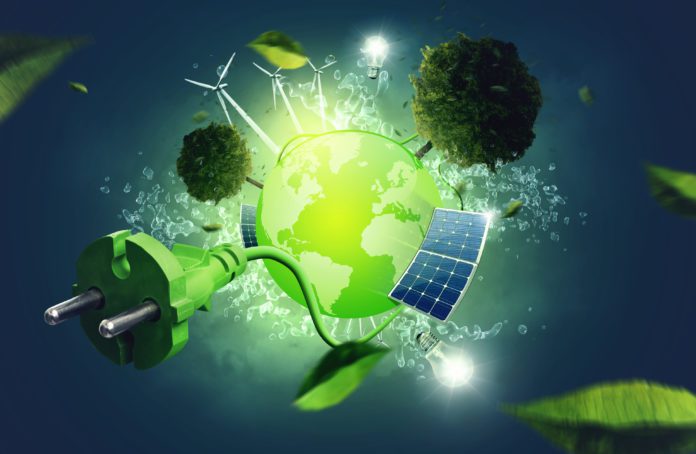Within the last century, massive population and economic growth have accelerated the global consumption of energy to unprecedented levels, with nearly 30% of the world’s total energy being consumed by buildings.
By 2035, the yearly investment required to supply the world’s energy needs will rise to $2 trillion a year,?according to the International Energy Agency (IEA).
To address these ballooning costs, advancements in smart metering technology and energy storage systems are giving rise to a decentralized approach towards energy management called distributed energy systems (DES).
The availability of renewable energy sources, smart metering technologies, and regulation aimed at reducing energy consumption are changing the energy landscape from a traditional centralized model for power generation and delivery to a diverse, dynamic and complex system with multiple actors and multilayered energy sources.
What are distributed energy systems?
Distributed energy system (DES) is a term which encompasses a diverse array of energy generation, storage, monitoring and control solutions.
Distributed energy systems offer building owners and consumers significant opportunities to reduce costs, improve reliability and secure revenue through on-site energy generation and load management.
While power generation has traditionally relied upon large centralized plants, renewable energy sources especially solar and wind power are diversifying the grid and creating two-way power flows- meaning that now not only can consumers receive energy from the grid but also send energy to the grid.
Distributed energy resources (DER) such?as rooftop solar PV units, natural gas turbines, microturbines, wind turbines, biomass generators, fuel cells, tri-generation units, battery storage, electric vehicles (EV) chargers can now work together to provide energy sources that can be used by a distributed energy system.
As a distributed energy system receives energy from these sources it determines how to provide energy at the lowest cost possible to its owner.
During peak demand times, central power grids often struggle to meet energy requirements and thus increase the costs of supplying energy. ?Now through DES, owners of large plants and factories can find additional sources of energy and reduce their overall cost of energy consumption.
Utility-scale solar and wind farms are already supplying an increasing proportion of power to large manufacturing plants which use massive amounts of energy to run operations in order to reduce their consumption during peak periods.
As energy demand rises in the coming decade this trend will soon extend to large commercial and office buildings.
Adoption of distributed energy systems to increase by 40% by 2030
According to the Electricity Network Transformation Roadmap (ENTR), more than 40% of energy customers will use DER by 2027 and by 2050, that figure will grow to more than 60%.
DES reduced operational costs between 8% and 28% and had a return on investment (ROI) of three to seven years, according to a?report by Siemens which investigated how distributed energy systems could be applied globally to manufacturing facilities, office buildings, urban residential districts and rural communities.
The report found that distributed energy systems can provide significant economic, social and environmental benefits including lower cost grid balancing, reduced greenhouse gas emissions and affordable extension of grids to unconnected communities.
As more building owners think about their long-term energy goals and future-proofing their buildings, DES can provide a means of reducing operational costs and ensuring long-term energy security.

